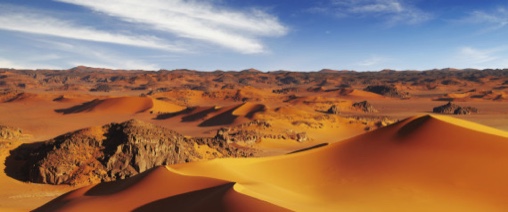Thursday, July 06, 2017: THE Pacific Community (SPC) believes it has found the solution in the adaptation and mitigation processes for climate change in as far as food and water security is concerned.
The solution was found through an extensive research which started in 1985 and has the ability of maintaining global temperature below 2C.
Crop production and extension co-ordinator for SPC Dr Siosiua Halavatau said the solution was a traditional knowledge which was practised by forefathers.
He said through this process the Pacific should be able to adapt to the effects of climate change such as long droughts.
"Climate change is here but we have adaptation measures to use to adapt to climate change to produce the goods and this has been practised by our ancestors," he said.
"If you try and increase carbon dioxide to the soil by 0.4 per cent in the year, that should be enough to contribute to making sure global warming does not go more than 1.5 or 2 degrees.
"The soil can fix all carbon dioxide released by fossil fuel, so this is a simple thing and we want to promote this."
He said the simple process was increasing the organic carbon in the soil and the introduction of trees back in the system.
Dr Halavatau said increasing soil organic carbon would help "reduce soil erosion, improve water holding capacity of the soil, improve soil fertility and in the process increase food production".
"Most of the soil in the atolls are limited to plant nutrients like potassium, iron, copper and manganese.
"Find plants or leaves that are high in these nutrients and then you make your compost with that, so when you add to your crop you are adding the nutrients to the soil.
"For high islands I was proposing using cover crop. This cover crop is amazing. It will fix nitrogen from the air and give it to the crop.
"For soil like here in Fiji there is a problem called phosphorus fixation, this mucuna (cover crop) can fix this. It also improves the organic matter in the soil and it will also help improve the soil health and improve the yield of the crop.
"Peach cowpea which grows a lot in atolls is high in iron, so if you add this to the compost it will add iron, for potassium if you bring your fire ash or the wood ash and you add it to the compost it will strengthen the potassium of the soil."
Dr Halavatau said these natural processes were researched and practised in eight countries in the Pacific and had proven to be a success with the most successful story being the revival of the dalo industry in Taveuni.
The European Union head of infrastructure and natural resources Jesús Lavina believes it is about time that traditional knowledge are also incorporated as world leaders look for adaptation and mitigation measures because of climate change. More





















